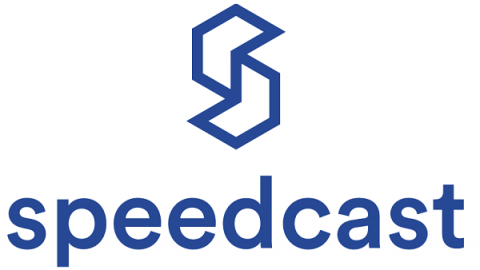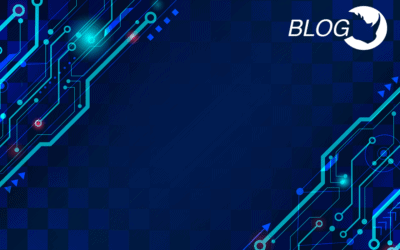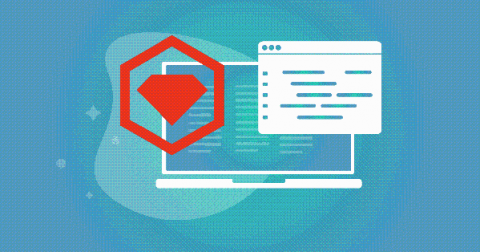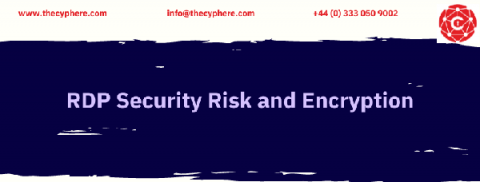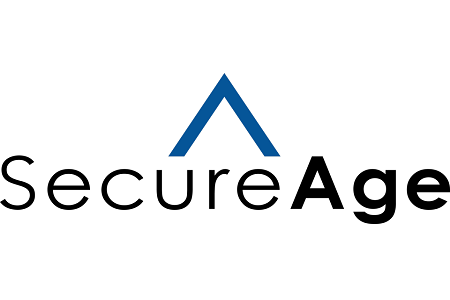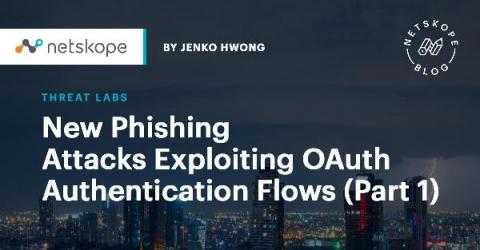Security | Threat Detection | Cyberattacks | DevSecOps | Compliance
Latest News
Web application security explained: reviewing WAS testing, best practices, and tools
In today’s corporate environment, business is predominantly conducted online. Most organizations have a website or some type of web application that functions as the hub of their online operations.In today’s corporate environment, business is predominantly conducted online. Most organizations have a website or some type of web application that functions as the hub of their online operations.
Stories from the SOC - Sodinokibi Ransomware (REvil / BlueCrab)
There’s a saying that nothing can be certain, except death and taxes; in today’s cyber threat landscape, we can add ransomware to that short list. One of the AT&T Managed Threat Detection and Response customers almost had an incident at the crossroads of taxes and ransomware, but thanks to the SentinelOne advanced EDR platform, the attack was quickly detected and stopped automatically.
Are You Prepared to Better Protect Against SANS' Top Attacks and Threats?
The SANS 2021 Top New Attacks and Threat Report is now available for download, covering the security trends and top threats to watch for as the world emerges from the pandemic. Presented at the SANS threat expert panel discussion held during the RSAConference 2021 Virtual Experience, the top attack category the report highlights is supply chain attacks – and with good reason.
Better Ruby Gemfile security: A step-by-step guide using Snyk
Ruby is a well-defined and thought-out language and has been around since the mid-1990s. In 2004, Ruby incorporated RubyGems as its package manager. RubyGems is used to manage libraries and dependencies in a self-contained format known as a gem. The interface for RubyGems is a command line tool that integrates with the Ruby runtime and allows Gemfiles to be added or updated in a project. I looked at three Ruby platforms and found vulnerabilities that were surprising, even to me.
RDP Security Risks and Encryption Explained
To get a better understanding of how RDP works, think of a remote-controlled toy car. The user presses buttons on the controller and makes the car move forward or backwards. He can do all that and control the car without actually contacting it; the same is the case while using RDP. This article shall help you become aware of RDP security encompassing threats, vulnerabilities and encryption practices.
Broken authentication and session management
In the IT world authentication is a process that verifies or identifies if a user is actually who he claims to be. This protects systems, networks, devices or applications from unauthorised access or use as only legitimate authenticated users are allowed to access the resources. Usually, user authentication is achieved by submitting a valid username or user ID and its corresponding private information (e.g. a password).
Data recovery - everything you need to know
It is commonly accepted that Data is the lifeblood of every business. Unless of course, your company still does bookkeeping with pen and paper? If not, the chances are that the day-to-day operations of your business cannot function without Data. Data lasts forever and is being used in ways we can’t even imagine - almost every device is a computer producing data these days.
Building a Modern SOC
New Phishing Attacks Exploiting OAuth Authorization Flows (Part 1)
This blog series expands upon a presentation given at DEF CON 29 on August 7, 2021. Phishing attacks are starting to evolve from the old-school faking of login pages that harvest passwords to attacks that abuse widely-used identity systems such as Microsoft Azure Active Directory or Google Identity, both of which utilize the OAuth authorization protocol for granting permissions to third-party applications using your Microsoft or Google identity.


